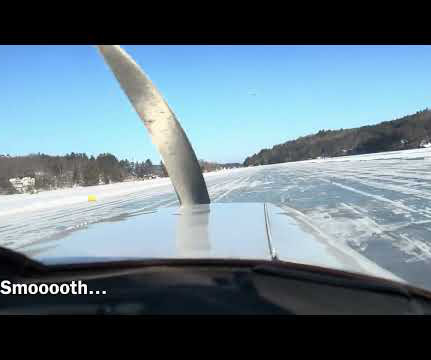How to Land an Airplane
Pilot Institute
OCTOBER 16, 2024
Brief that you will use the right rudder to align the aircraft straight with the runway and the left aileron to counteract drift. It also allows you to focus on flying during the last stages of the approach and landing. Descent Point Nominate a descent point that will give you a constant 3° profile to the threshold.














Let's personalize your content